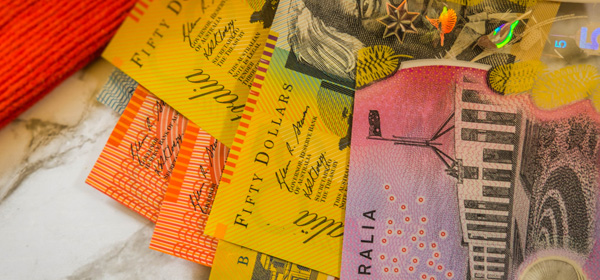I recently discovered that a whopping two-thirds of the investment earnings from one of my superannuation accounts had been gobbled up by administration and insurance fees. A total of $850 wiped off my nest egg! I was left with the small change of less than $400 after the fees were deducted, equal to a net return of just 0.4 per cent.
That is a woeful investment return and has made me more determined than ever to roll the super from that retail super fund into my industry super fund. The latter charged just less than $200 in total fees last year – a quarter of the retail fund – yet returned five times more in earnings. And yes, the balances in each fund were virtually identical.
When you are years away from retiring, it is easy to fall into a set-and-forget mentality regarding superannuation. But my example above illustrates that during the past 20 years, I have paid a price in the thousands of dollars for my inertia.
Here are a few belated lessons I learnt from reviewing my super, and which will hopefully help you take better care of your superannuation.
Roll over
As I have demonstrated above, it is pointless having money in multiple funds if one or more of them are performing badly, and stripping the bulk of your earnings to pay fees.
If you have more than one super account, check out the last couple of statements from them. They should have an ‘at a glance’ section that will tell you not only the opening and closing balance in your account, but also how much your savings earned and how much was deducted in fees and insurance premiums. You can also do this online if you have registered at your super fund’s website.
When you have compared the performance and costs of the different accounts, choose the best one and roll all your other funds into it.
This process is so simple that you don’t need to write letters, fill out and mail forms, or even make a phone call.
All you need to do is jump onto your preferred super fund’s website and click through to the section on rolling over funds. Fill in the name and the membership number of the fund you want to exit and press send. Your preferred fund will then do the rest of the work to ensure that your money is transferred.
Two things to check out first are:
- whether you have to pay an exit or transfer fee when your money is rolled over
- whether you are likely to lose access to any unrestricted, non-preserved amount, which you can normally withdraw, no questions asked, once you reach your individual preservation age of between 56 and 60 years of age.
If there are restrictions on accessing your non-preserved entitlement after you have rolled your funds over, you may wish to withdraw the amount before the roll over.
And the good news is that most funds will allow you to switch multiple times.
Compare
If you are still not sure which fund to preference, SuperRatings could provide some guidance. This independent research company regularly runs the ruler over more than 600 super and pension products. Its awards and rating systems are highly regarded by the industry. Each year it publishes the top 10 funds in terms of returns, fees and insurance policies. The site also provides access to considerable analysis for members.
There are also several comparison sites which allow you to see exactly how the different super funds stack up against each other. Click the Government’s MoneySmart for a list of the sites.
Beneficiaries
Another reason I am grateful that I took the time to sort out my superannuation is because I realised I had to change my beneficiary status. Having separated from my spouse some years back, the last thing I want in case I die is for my super savings to go to him.
Changing this status was as easy as clicking on the relevant page of my fund’s site, pressing ‘delete’ next to my beneficiary’s name and then filling out the names of my three children and the proportion each should receive.
But be aware that unless you specify that your choice of beneficiaries is binding, there is a chance that the fund manager will not honour your request. If you die and your preference is non-binding, then the manager needs to wait and see if a third party will make a claim on your estate, which includes your super. The manager then decides how your money will be distributed. To make your preference binding, ask the fund to send you the appropriate form to fill in. The form needs to be witnessed by two people who are not listed as beneficiaries of your super money.
Risk appetite
By law, superannuation funds have to give members a choice on how their contributions will be invested. Up until recently, if you did not select what type of investment strategy you preferred (high-risk; high-return vs low-risk; stable-return vs growth; or defence), your money would go into a default fund. But from July this year, super funds have to transfer monies in default funds into a MySuper account. Unless you are either an aggressive investor or a passive one, MySuper accounts can give you the peace of mind of being in a low-cost fund with a simple and diversified investment strategy.
Related articles:
How superannuation works
New rules a super risk
Unclaimed super bonanza

